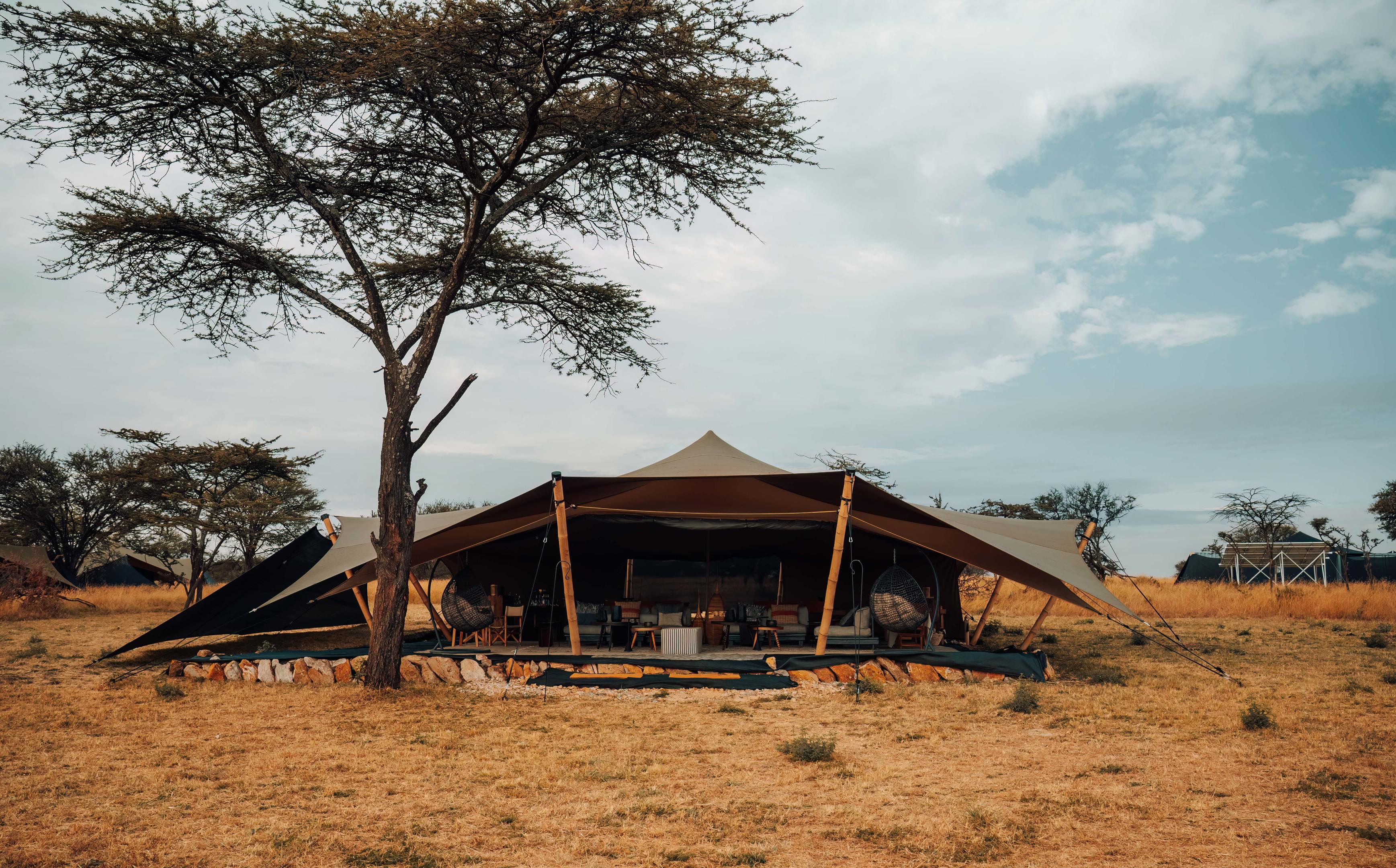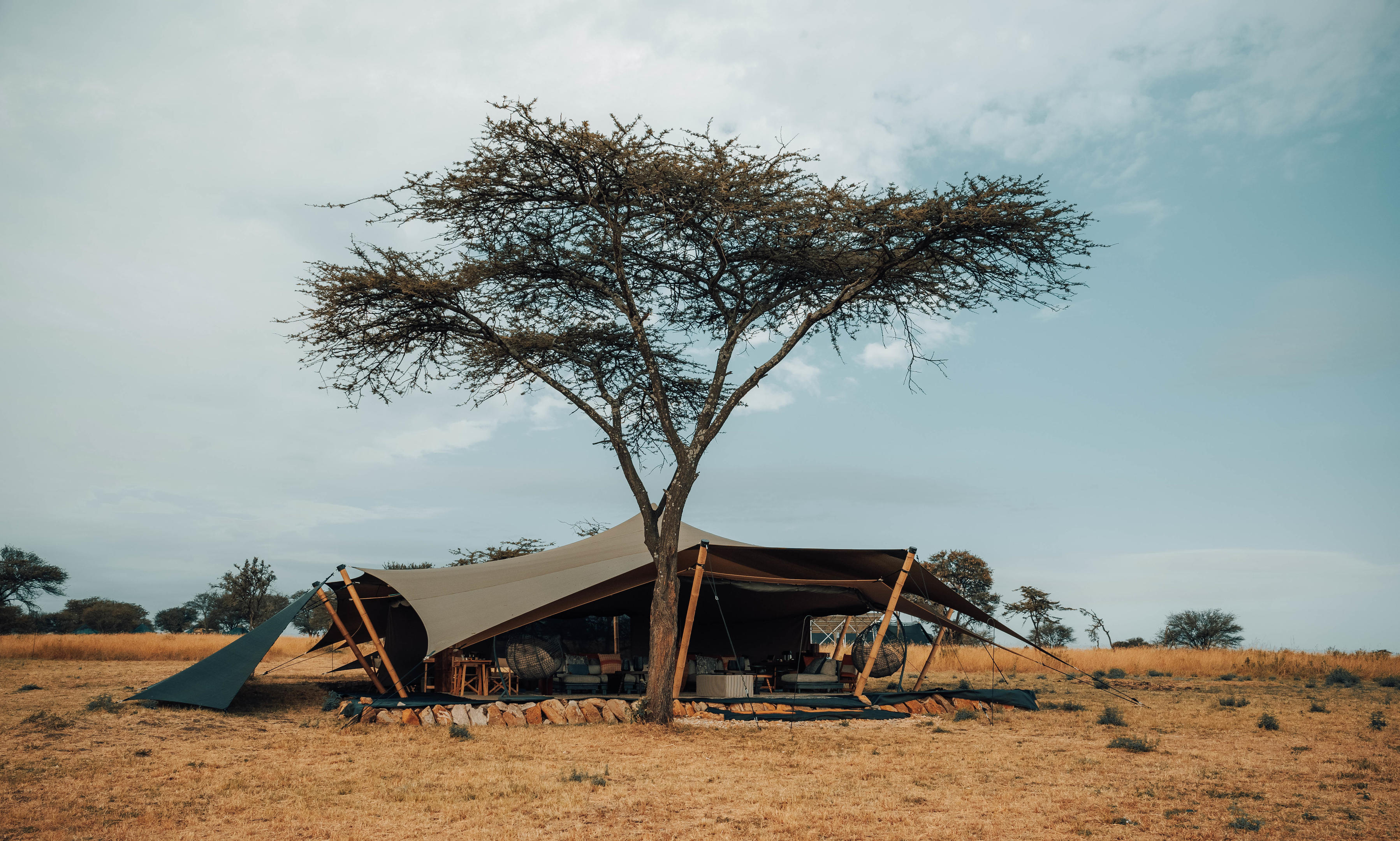Mobile & Modular Architecture: Shaping the Sustainable Future of Hospitality


Synopsis
The hospitality industry stands at the forefront of a sustainable revolution, with mobile and modular architecture leading the way. The author sees immense potential in these innovative design approaches, which promise to redefine luxury and comfort through a sustainable lens. These architectural styles bring mobility, flexibility, cost-effectiveness, and time efficiency to the table, all while maintaining a strong commitment to reducing environmental impacts. By harnessing sustainable materials, focusing on energy efficiency, and minimizing site disturbances, mobile and modular accommodations offer a visionary approach to the future of hospitality. In this article, Graeme Labe explores how, with the appropriate infrastructure and design strategies, these progressive solutions can deliver extraordinary, eco-friendly guest experiences, setting a new standard for sustainable luxury in the hospitality sector.
As a global leader of hospitality design, we are passionate about the future of sustainable design and its applications in the hospitality industry, as a design studio we are intrigued by the potential of mobile and modular architecture. This innovative approach is poised to revolutionize the way we envision and create hotels and resorts, offering not only flexibility but also a powerful solution for reducing environmental impact and widening the possibility of remote and untouched locations that were previously limited by accessibility or environmental constraints. In this article, I will delve into the world of mobile and modular architecture, focusing on its potential in the realm of experiential hospitality.
The Mobility of Design
One of the most exciting aspects of mobile and modular architecture is its capacity to transcend geographical limitations. The concept of "mobile architecture" essentially means that the architectural design form, interior fit-out and infrastructure/MEP can be disassembled, transported, and reassembled at different sites and locations. This opens up a world of possibilities, especially in the adventure hospitality sector.

Mobile camps, which are designed to be temporary and portable, provide a prime example of this concept in action. These camps often serve as a hotel in remote or pristine natural environments where traditional structures may not be
allowed or appropriate. The ability to dismantle and relocate such facilities means they can be strategically positioned to minimize their impact on the environment while offering unparalleled experiences to guests. The ability to do this allows for the up-close experience of natural events, such as animal migrations or celestial events, which only take place at certain times of the year. Not only is this environmentally viable, but also becomes economically viable.
The design approach to mobile architecture is a combination of clever engineering and contextual aesthetic design. The architecture always has to bear in mind that the structure needs to be durable, yet lightweight, easily packaged, transported and again reassembled while still being luxurious. Therefore, when designing as much design effort has to be given to the structure in its final form as to the structure in its dismantled form. From an interior perspective consideration to guest comfort as well as guests needs need to be considered, without creating clutter. Therefore, each element needs to be designed in its functionality and its ability to meet the needs of mobility, this all done without compromising on luxury and aesthetic layers.
Modular Architecture: Flat Pack vs. Cubic Form
Modular architecture is gaining more traction as an alternative to traditional construction methodologies. In modular architecture, buildings are created in sections or modules, which can be combined to form complete structures. There are two prevalent forms of modular architecture - flat pack and cubic form.
Flat Pack Modular Architecture:
Flat pack modules are essentially prefabricated components that are easily transportable due to their compact, flattened form. These modules can be efficiently shipped to the desired location, saving both time and resources on-site. Once on-site, they are assembled to create the desired structure.
Pros:
- Cost-Efficiency: The transportation of flat pack modules is cost-effective, making it a budget-friendly option.
- Time-Saving: Assembly of flat pack modules is relatively quick, reducing construction timelines.
- Ease of Transport: Flat packs are lightweight and can be transported using standard shipping methods.
- Light on Earth: Minimises the invasive effects on the land where its being built.
- Recyclable: Can be removed and recycled at the end of its lifespan.
Cons:
- Space Efficiency: Flat packs might not utilize space as efficiently as cubic forms due to their flat nature.
- Design Limitations: The flat shape can restrict design possibilities and tends to have a cookie cutter look and feel.
Cubic Modular Architecture:
Cubic modules are more volumetric in shape, resembling standard shipping containers. These self-contained units are transported to the location as complete modules and stacked or arranged as needed.
Pros:
- Space Efficiency: Cubic forms are efficient in space utilization, often resembling traditional room structures.
- Versatility: They can be stacked or arranged to create a variety of layouts and configurations.
- Design Freedom: Cubic forms offer greater design freedom due to their room-like shape.
Cons:
- Transportation Costs: The transportation of cubic modules can be costlier due to their bulk.
- Construction Time: Assembly may take longer compared to flat pack modules.
- Cost and Time Benefits
Cubic modular architecture, on the other hand, provides efficiency in space utilization, potentially leading to more economical use of materials. This approach also offers flexibility, as configurations can be adapted to specific requirements, whether it's a luxury suite or a cozy cabin. However, the cost of transportation and assembly may be slightly higher.

Sustainability: The "Light on Earth" Approach
Sustainability is at the core of the mobile and modular architecture concept. In the hospitality industry, minimizing environmental impact is a pressing concern, and this approach aligns well with the goal of "leaving no trace."
- Sustainable Materials: Using sustainable and eco-friendly materials in the construction of mobile and modular units is a fundamental practice. Renewable and recycled materials, along with energy-efficient fixtures, not only reduce the environmental footprint but also create a healthier and more appealing environment for guests.
- Energy Efficiency: Modular structures can be designed to be highly energy efficient. Integrated solar panels, energy-efficient heating and cooling systems, and smart technology can significantly reduce energy consumption, leading to long-term operational savings. In the case of mobile design PV technology can also be designed in a form that adheres to the need of mobility.
Infrastructure for Operation
The success of mobile and modular hospitality solutions also relies on efficient infrastructure. This includes the provision of utilities, water, waste disposal, and amenities. It's essential to strike a balance between comfort and sustainability. Eco-friendly solutions such as composting toilets, rainwater harvesting, and off-grid power generation are integral to the overall sustainability of these projects. These systems can all be designed in packaged form that meets the same criteria needed for mobility or modularity.
Conclusion
In conclusion, the use of mobile and modular architecture in the hospitality sector represents a promising future for sustainable design. These approaches offer mobility, flexibility, cost, and time benefits, and, most importantly, a commitment to reducing environmental impact. By utilizing sustainable materials, emphasizing energy efficiency, and minimizing site impact, these accommodations provide an exciting glimpse into a more sustainable future for the hospitality industry. With the right infrastructure and design approach, these innovative solutions have the potential to create remarkable, environmentally friendly guest experiences without compromising on luxury and comfort. As an architect, I believe that the future of hospitality lies in mobile and modular architecture that is not only kind to the Earth but also to the experiences of the guests it serves.